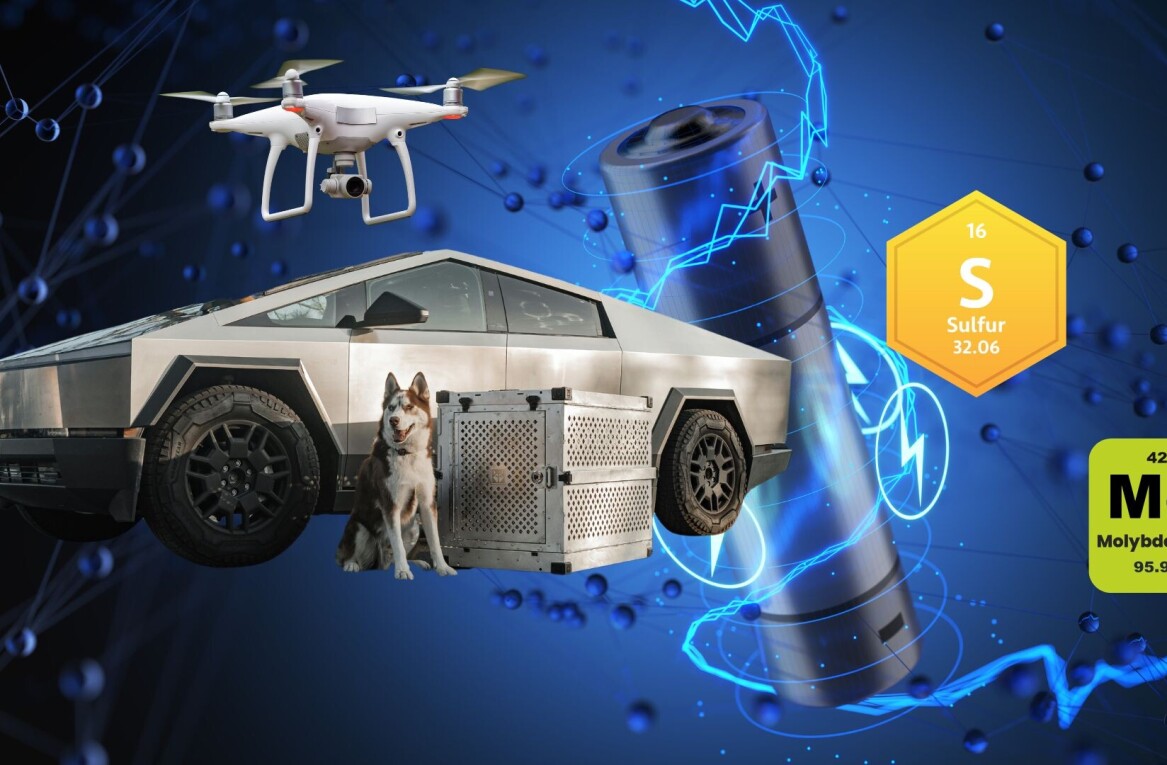
Quantum computers are getting popular, and all the cool publications are writing about them. But, for the most part, it’s all very serious and cautious reporting. That’s a shame, because quantum mechanics are wild and wacky. So, let’s have some fun.
The world of quantum mechanics, and by extension quantum computing, is full of difficult to grasp concepts like time travel, teleportation, and parallel universes. It captivated both Einstein and Schrodinger and many of its secrets still elude scientists today. That’s because none of it makes any damn sense.
Even though we’re already making them, nobody quite knows how they work.
Quantum computer breakthroughs were a dime-a-dozen in 2017. Companies like Google and IBM played tit-for-tat upping qubit counts and Intel’s already managed to put one on a silicon chip.
But, scientists have yet to figure out how “quantum entanglement” works. At the heart of quantum computing lies the ability for a quantum bit, or qubit, to be two things at the same time. This is done through quantum entanglement, and it’s just as screwy as it sounds – in nature things aren’t always what they seem.
That’s right, quantum computers are natural – unlike binary systems.
When scientists from IBM last year used a seven-qubit processor to conduct a successful simulation of a beryllium-hydride molecule it was important for several reasons. First, because it was the first time it’d been done, but more importantly it showed off one of quantum computing’s biggest promises: the ability to accurately simulate the natural world.
Physics simulators, to date, rely on binary math. In other words, things either ‘are’ or they ‘are not’ when it comes to their ability to create deterministic models of the natural world. Quantum computers don’t suffer from this limitation, which means they’ll be able to more accurately imitate reality.
Time-travel is real and quantum particles can do it.
It’s a well-known fact that it takes 1.21 gigawatts of power for a Delorean to travel through time, but not every lab has enough space to fit a car inside. Also, Deloreans can’t time travel, quantum particles actually can.
Work published last year by an international team of scientists indicate they exploited quantum mechanics to send some tiny quantum particles back in time. It’s a far cry from the Tardis, but we gotta start somewhere.
Quantum entanglement is actually teleportation.
Last year a group of Chinese scientists used quantum teleportation to send a message from a satellite in space to two separate ground stations on Earth.
The team created pairs of photons that were separated by distance, but not time. These photons mirror one another, so a message inserted into one of them is instantly reflected in the other. This allowed the scientists to communicate using light without being limited by the speed of light.
Quantum computing might be proof of an alternate universe.
Maybe you don’t like the fact that Pluto isn’t a planet, or perhaps the politics of Alpha Centauri piss you off. Either way, there’s good news: there’s a decent likelihood we’re only seeing half the picture because there are alternate universes.
Scientists like Oxford’s Dr. David Deutsch believe that quantum bits can exist in two states at once because they’re in two universes at the same time.
According to Deutsch:
The quantum theory of parallel universes is not the problem, it is the solution. It is not some troublesome, optional interpretation emerging from arcane theoretical considerations. It is the explanation — the only one that is tenable — of a remarkable and counter-intuitive reality.
And with an official title like “Visiting Professor in the Department of Atomic and Laser Physics” he sounds like someone who knows what’s going on.
Quantum computers are insanely complex machines that operate on incomprehensible principles. It’s quite possible that, in the future, they’ll unlock the mysteries of the universe.
But right now they’re just plain spooky.
Want to hear more about the future from the world’s leading experts? Join our Machine:Learners track at TNW Conference 2018. Check out info and get your tickets here.
Get the TNW newsletter
Get the most important tech news in your inbox each week.





